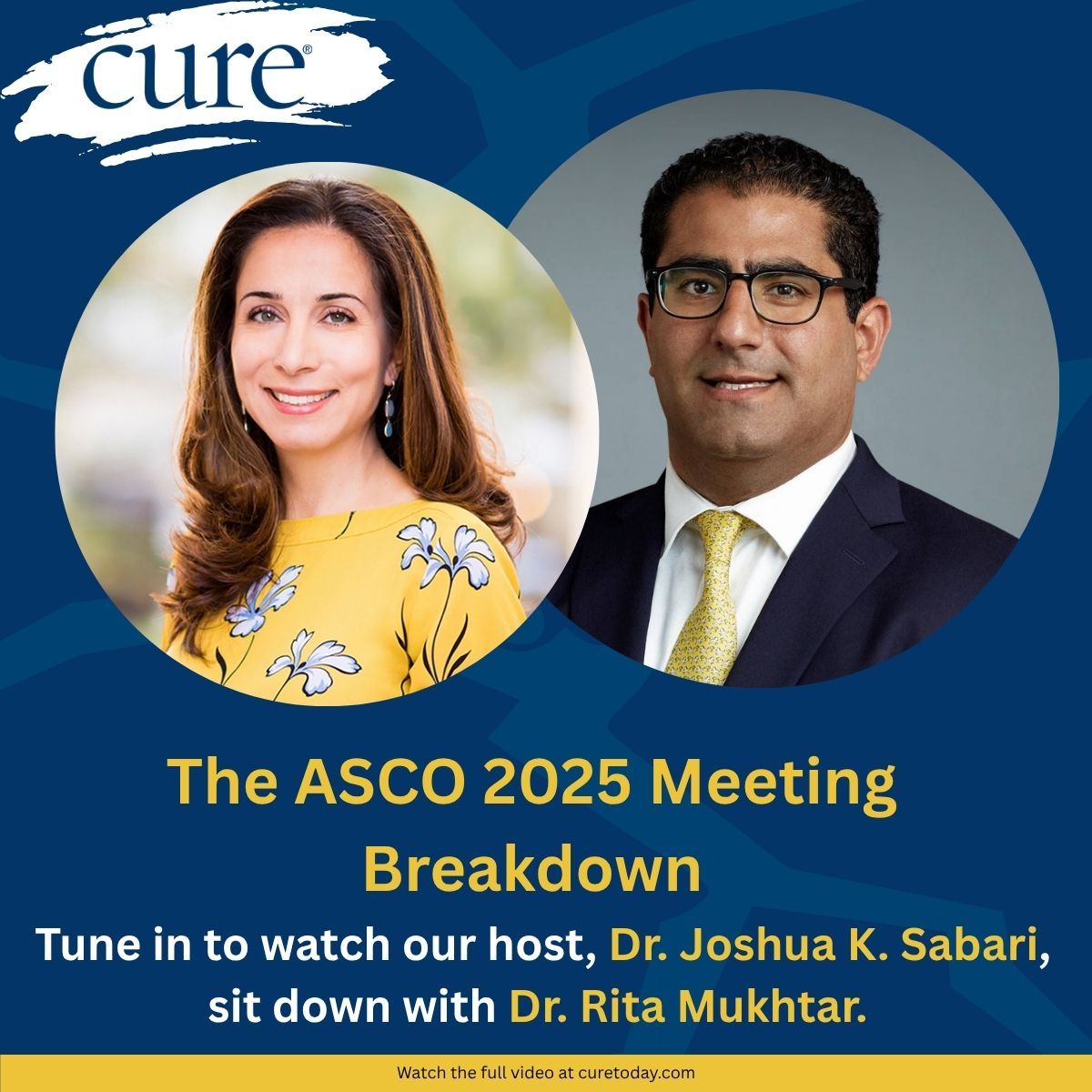Article
Heart Problems, Fracture Risk Greater With Extended Use of Aromatase Inhibitors to Treat Breast Cancer
Author(s):
Extended use of aromatase inhibitors (AIs) in early breast cancer is associated with an increased risk of cardiovascular events and bone fractures, according to results from a study published in the Journal of the National Cancer Institute.
Extended use of aromatase inhibitors (AIs) in early breast cancer is associated with an increased risk of cardiovascular events and bone fractures, according to results from a study published in the Journal of the National Cancer Institute.
Researchers from the University of Toronto and Princess Margaret Cancer Centre, Toronto, Canada, identified several randomized controlled trials that compared extended AIs with placebo or no treatment using the database MEDLINE.
The search was supplemented by a review of abstracts from the American Society of Clinical Oncology and San Antonio Breast Cancer Symposium meetings between 2013 and 2016.
The authors noted that although some studies have shown improvement in breast cancer outcomes from extending treatment with AIs beyond the initial five years after diagnosis, there is not much research on the toxicity profile of extended use.
“There has always been uncertainty about whether AIs increase cardiovascular risk,” says Eitan Amir, MB, ChB, Ph.D., one of the authors on the study. “Our study from 2011 showed that there was a higher risk of cardiovascular disease with AIs compared with tamoxifen. However, it was not clear if this was an adverse AI effect or a protective tamoxifen effect. The current study, which includes placebo controlled and no-treatment controls, provides evidence that AIs have a modest adverse effect on cardiovascular health.”
This study consisted of 16,349 patients. Researchers found that longer treatment with AIs was associated with increased odds of cardiovascular events, bone fractures and treatment discontinuation for adverse events (AEs).
There was an 18 percent higher relative risk of cardiovascular disease, which translated to an approximately 4.8 percent increase in absolute risk.
A 45 percent higher relative risk of bone fractures was seen in these patients. This translated to an approximately 0.8 percent increase in absolute risk.
In addition, the researchers determined that extended treatment did not influence the odds of either second malignancy or deaths without breast cancer recurrence.
Although this study didn’t answer ways to combat these AEs, Amir says that routine cardiovascular modification, such as treatment of hypertension or diabetes, would be beneficial.
He explained that oncology nurses can offer counseling about these risks to patients. “They may help manage cardiovascular risk assessment and any prevention strategies that may be warranted,” he says.
The researchers concluded that this data should be taken into account when considering extended adjuvant AIs.
“I am much less worried about younger women (eg, those age 60 or younger) in whom cardiovascular risk is low and the effect of any increased risk is limited,” says Amir. “However, in older patients I counsel about risk and suggest that their primary care physician assess their cardiovascular risk. For those with established cardiovascular disease, I try to liaise with their cardiologist to ensure risk factors are adequate managed.”
To move the research forward, the team plans to see if they can replicate these data in large population-based cohorts just as they did with AIs when given in the initial five years of treatment.




